You’ve noticed your cat sniffing their food, taking one tentative bite, then walking away with an almost judgmental flick of their tail. Sound familiar? Welcome to the curious world of feline dining, where your beloved companion has more opinions about their meals than a restaurant critic. While cats don’t exactly pen reviews on social media, their eating behaviors reveal a sophisticated relationship with food that goes far beyond simple hunger. Understanding why your cat turns their nose up at perfectly good food might surprise you with its complexity and scientific backing.
So let’s dive into the fascinating reasons behind your cat’s finicky eating habits and discover what makes them such discerning diners.
The Science Behind Feline Taste Preferences
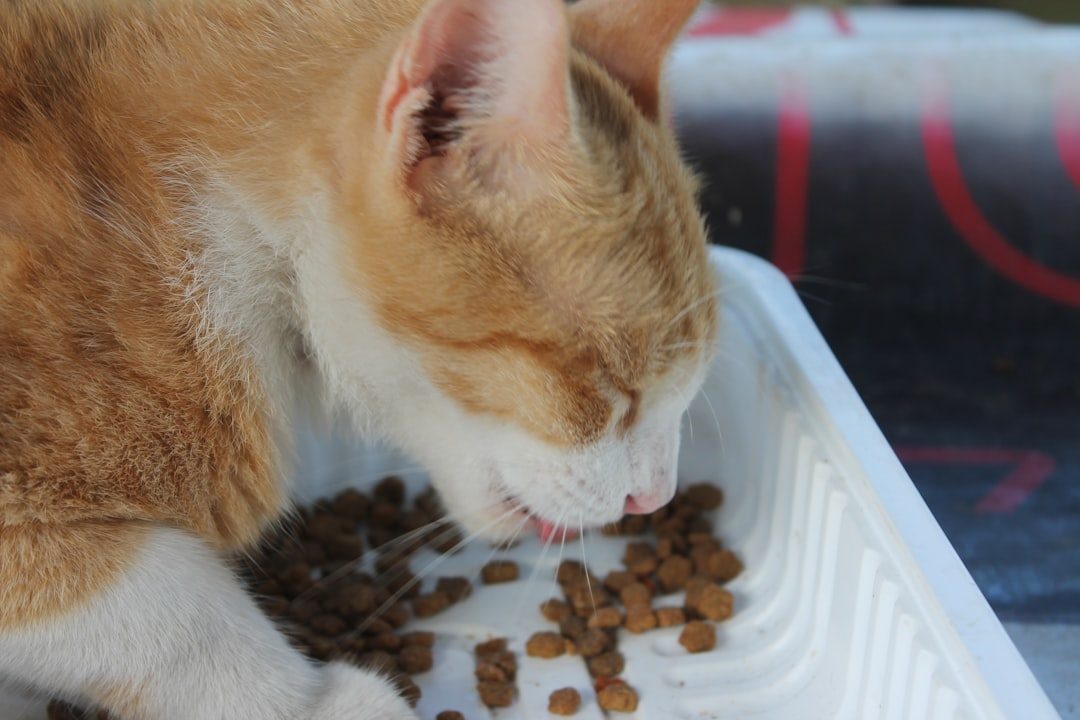
Your cat’s picky eating habits aren’t just attitude problems or attempts to drive you crazy. Cats only have about 480 taste buds which distinguish everything but sweet, compared to humans who have approximately 9,000 taste buds. This dramatic difference means your cat experiences food in a completely different way than you do.
What makes this even more interesting is that there are two genes that work together to identify “sweet.” Cats lack one of these genes altogether, and the other is not well-developed. This biological reality shapes every food preference your cat develops. Cats also seem to have a stronger sensitivity to certain bitter compounds, especially some found in certain toxins and poisons, which serves as a crucial survival mechanism.
How Smell Dominates Your Cat’s Food Choices
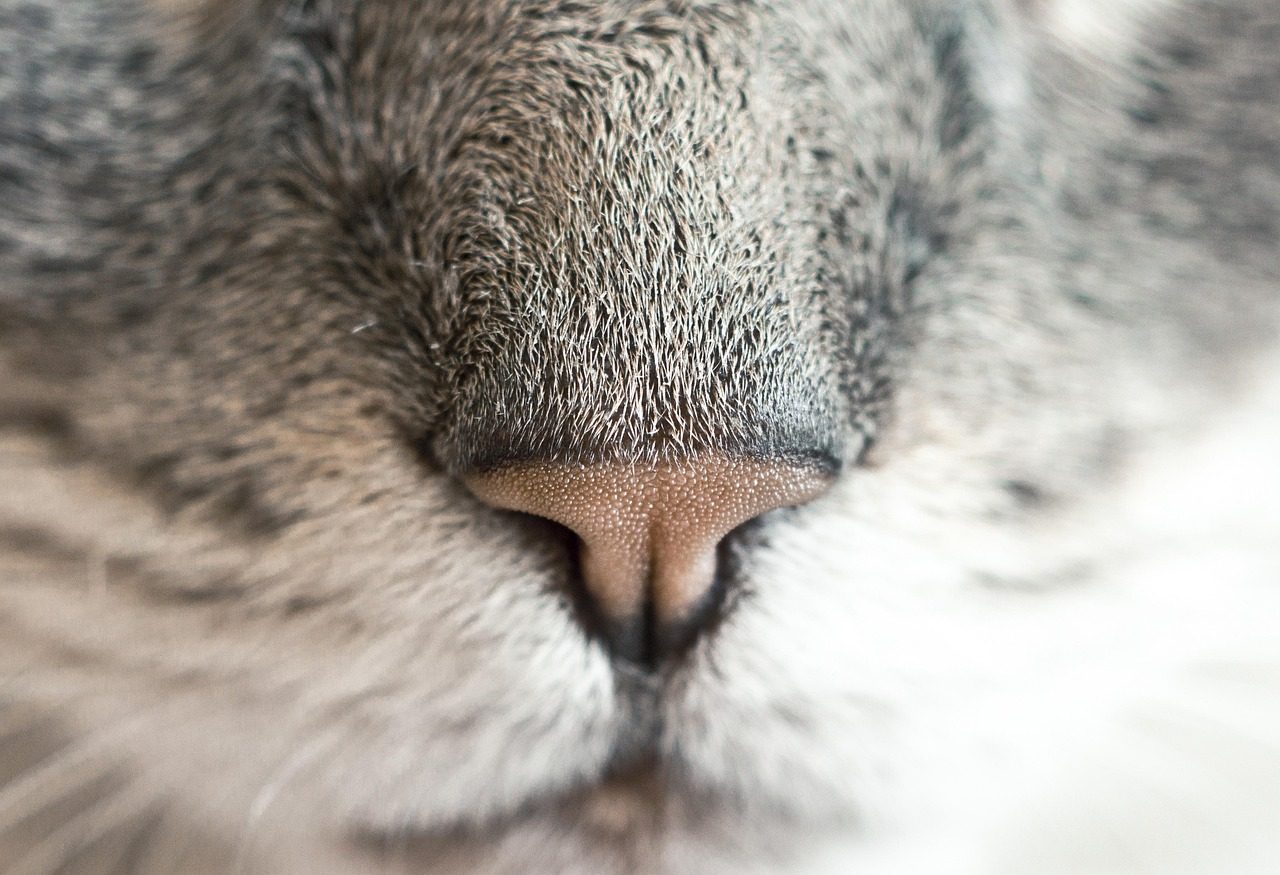
Cats definitely use their sense of smell to select a food, and this sensory system is far more powerful than taste in determining what your cat will eat. Cats compensate for their relatively low ability to taste foods because of having low numbers of taste buds by using their much more developed olfactory system. Think of smell as your cat’s primary food evaluation tool.
They found that given the choice between one food, with an attractive odor, and another without, the cats ate the former without even bothering to taste the latter choice. If cats sniff a food first, this is an important test, because only if it smells well, it is finally also tried. Attractive smell of the food as for example from fish or also from ready-made food is preferred therefore by cats. What smells “tasty”, is also gladly eaten.
The Secret World of Jacobson’s Organ
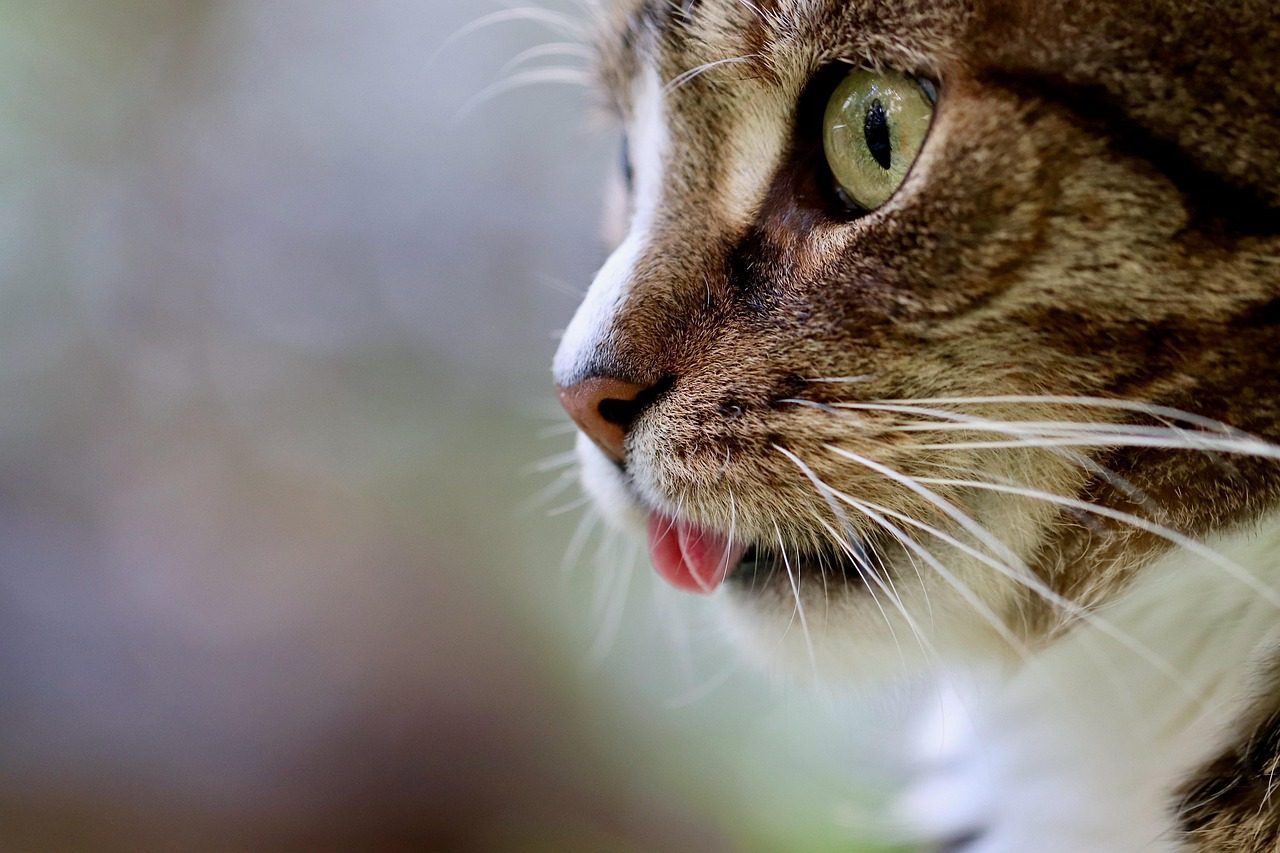
Your cat possesses a remarkable sensory tool that humans lack entirely. Cats have a special sense receptor, called the Jacobson’s organ, which is located on the roof of the mouth. It is believed that animals with this organ use it to “taste-smell” aromas around them, such as food and pheromones. This gives cats an almost supernatural ability to evaluate their food.
Moreover, with Jacobson’s organ, between the mouth and the nasal cavity, she can literally ‘taste’ the smell of her food. So the cat decides largely on the basis of smell whether its food is tasty or not. When you see your cat opening their mouth slightly while sniffing, they’re engaging this extraordinary organ to gather detailed information about their meal.
Temperature Matters More Than You Think
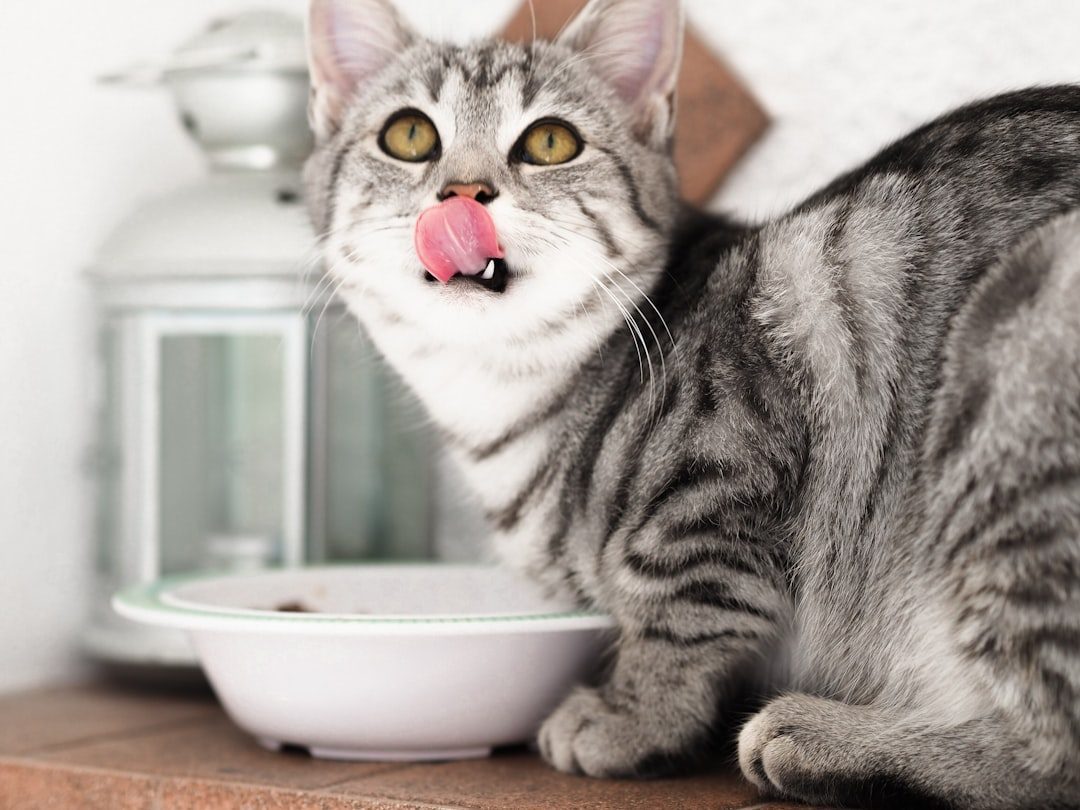
Along with odor and taste, the temperature of food is also important to a cat. They tend to prefer warmer food, around 100 degrees Fahrenheit, which simulates the temperature of freshly-killed prey. This preference isn’t arbitrary but connects to their evolutionary hunting instincts.
Cats have a particular preference for food temperature. Their taste receptors are most sensitive when the food is around body temperature, approximately 100-102 degrees Fahrenheit. Room temperature or slightly warmed food will always be more appealing than something straight from the refrigerator. This simple temperature adjustment can transform a rejected meal into an eagerly consumed feast.
Texture Preferences and Eating Patterns
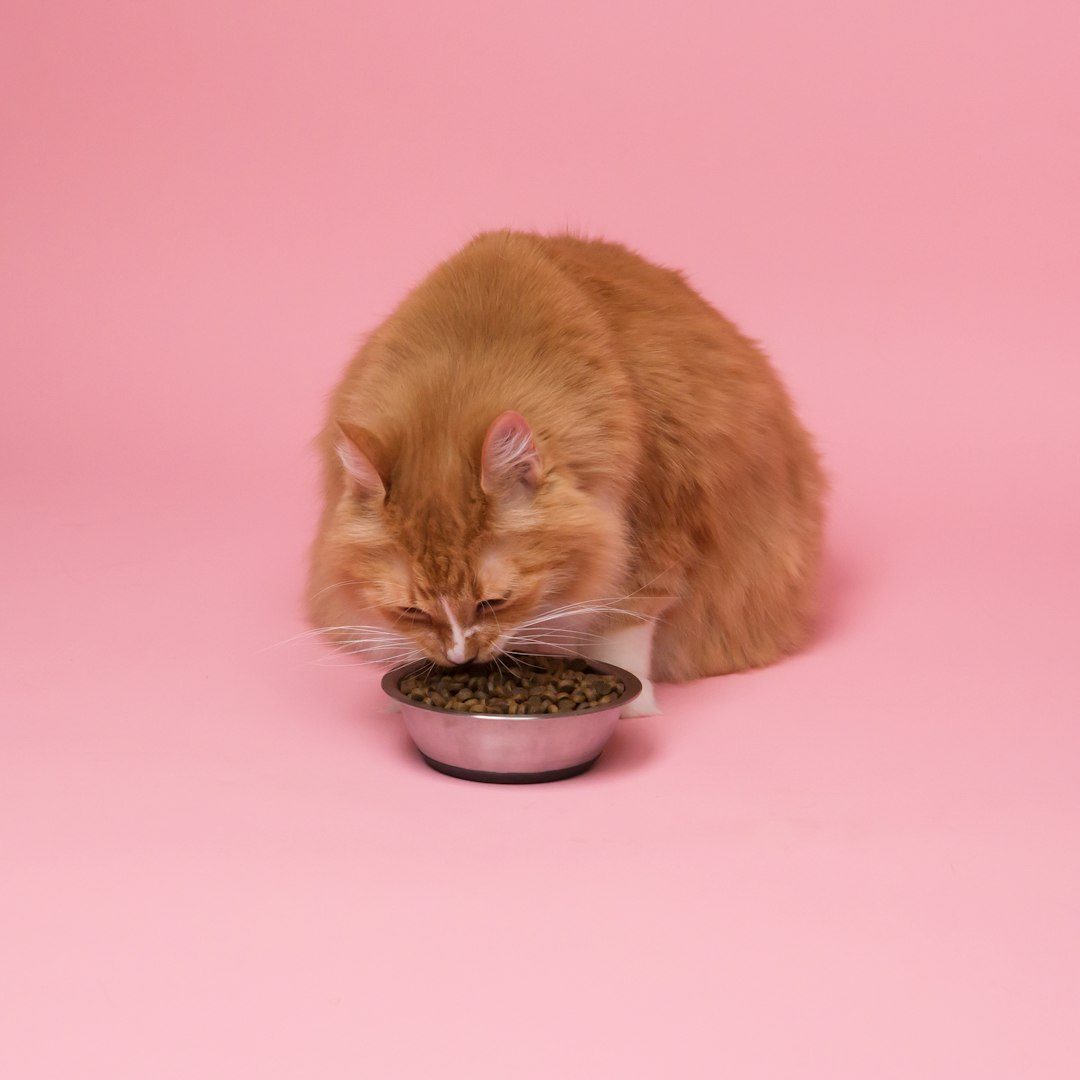
Cats are generally pickier on texture and mouth feel than dogs, and crunch and low-density easy-to-break pieces are appreciated in dry food since they don’t have jaw movements for grinding kibbles. Your cat’s texture preferences often override flavor considerations entirely.
Finally, cats naturally eat several small meals each day and many cats prefer to eat just a few bites at a time. Sometimes people misinterpret walking away after a few bites as being “picky.” It’s best for most healthy cats to let them have some control over their feeding behaviour. What appears to be finicky behavior might actually be natural eating patterns that mirror their wild hunting behaviors.
When Pickiness Signals Health Problems
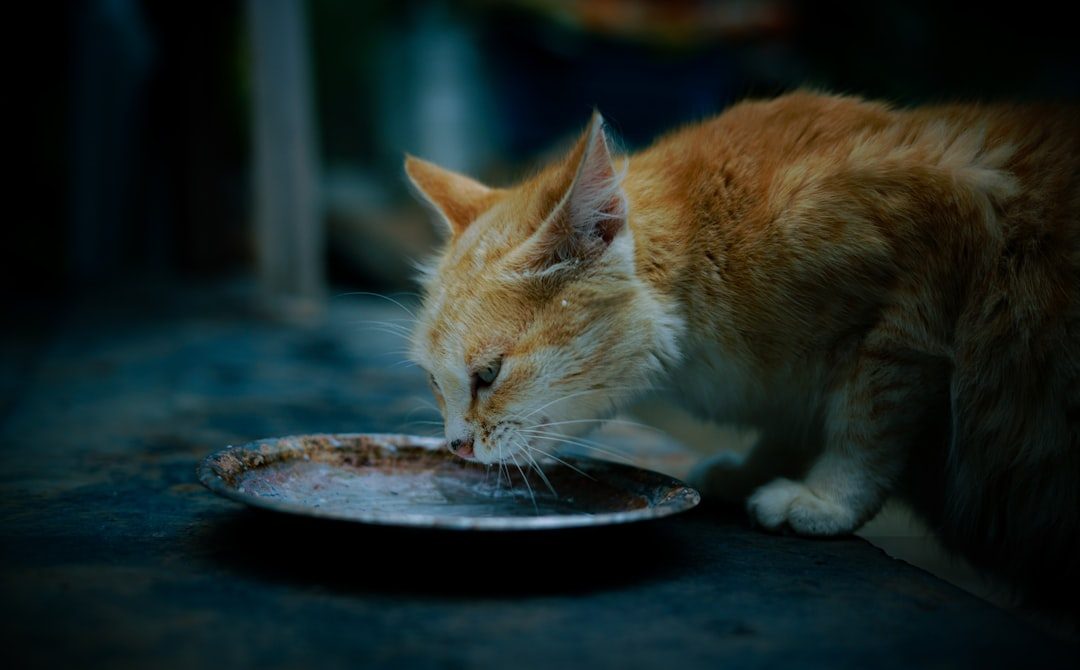
Before your cat is deemed “picky” for their attitude towards food, an important first step is ruling out an underlying medical cause, with the help of your veterinary care team. Sudden changes in eating habits often indicate underlying health issues rather than simple food preferences.
Cats with dental disease may have mouth pain that prevents them from wanting to pick up and crush kibble with their teeth. Cats with kidney disease may experience nausea that decreases their appetite. Arthritis pain in older cats may make them less willing to get up to eat. Cats with nasal congestion may have a lower desire to eat because they may not smell their food as well. These medical conditions can masquerade as picky eating behaviors.
Environmental Factors Affecting Appetite
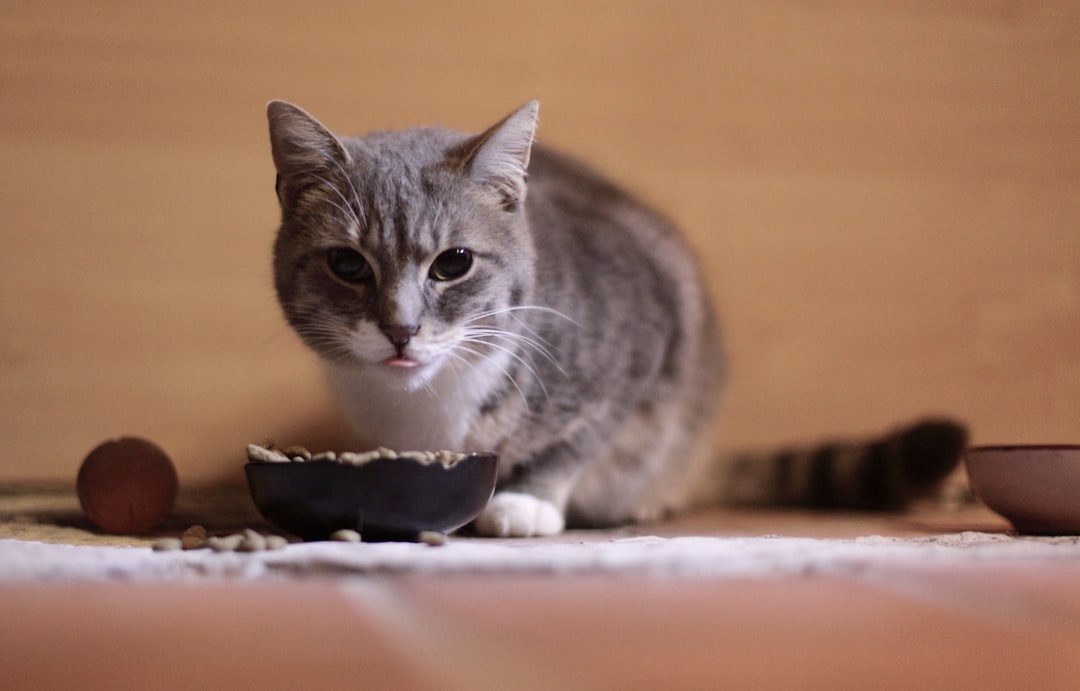
Cats are cautious creatures, so any deviation from their usual routine or diet can make them highly suspicious and cause them to avoid their food. They may become anxious and develop picky eating habits with changes in routine. Your cat’s eating environment plays a crucial role in their willingness to dine.
Some cats will even refuse to eat much if their food bowl is near their water bowl. Cats may also not eat well after moving to a new residence or if their bowl was relocated to a different area of their home. Even seemingly minor changes can trigger food aversion in sensitive cats. A study has found that cats consume approximately 15% less food in summer than in winter, showing how environmental factors extend beyond just immediate surroundings.
Creating the Perfect Dining Experience for Your Finicky Feline
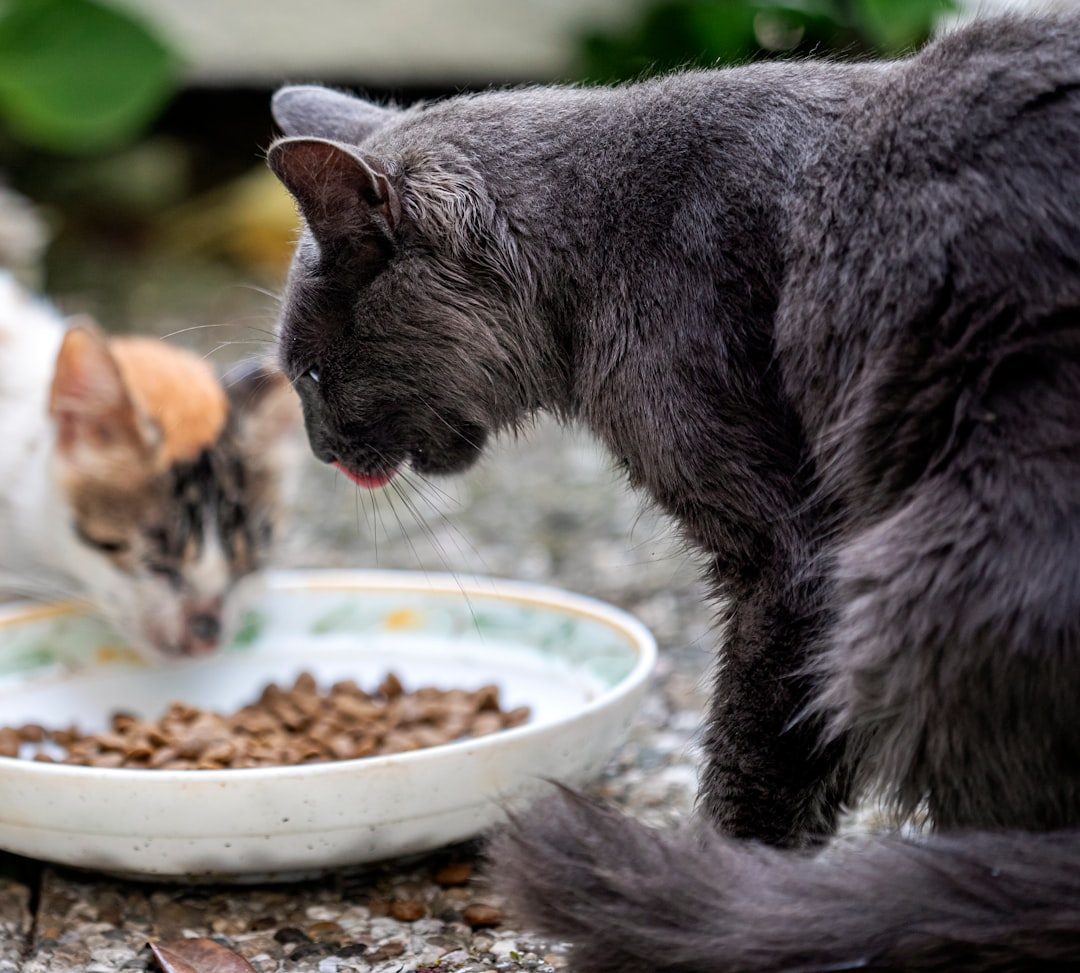
Make sure your cat’s food dish is clean and dry every time you feed them. Dirty dishes can harbor bacteria, and any lingering smell can discourage your cat from eating. If you’ve been using a food bowl with high sides, try a wide shallow dish to accommodate your cat’s sensitive whiskers. These simple changes can dramatically improve your cat’s dining experience.
Boredom with eating the same thing every day can lead to picky eating habits. Switching up the types of foods and recipes you feed your cat can help keep mealtime new and exciting. As long as your cat doesn’t have any digestion issues from eating a varied diet, there is no issue in rotating through different food types and recipes on a weekly or daily basis. However, remember that gradual transitions are key to preventing digestive upset.
Conclusion

Your cat’s picky eating habits aren’t signs of spoiled behavior but rather evidence of sophisticated sensory systems and natural instincts at work. From their limited taste buds to their powerful sense of smell and special Jacobson’s organ, cats experience food in ways that are fundamentally different from humans. Understanding these biological realities, along with environmental factors and potential health concerns, can help you create better dining experiences for your feline companion. The next time your cat turns their nose up at their dinner, remember that they’re not being difficult but rather following millions of years of evolutionary programming designed to keep them safe and well-nourished.
What insights about your cat’s eating habits surprised you the most? Share your own experiences with finicky feline diners in the comments below.





